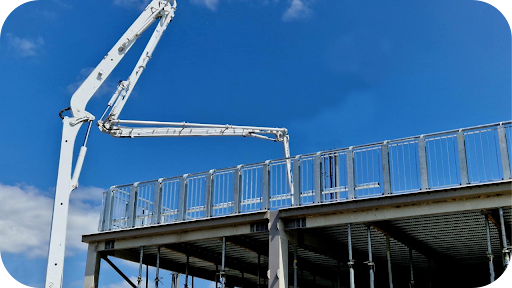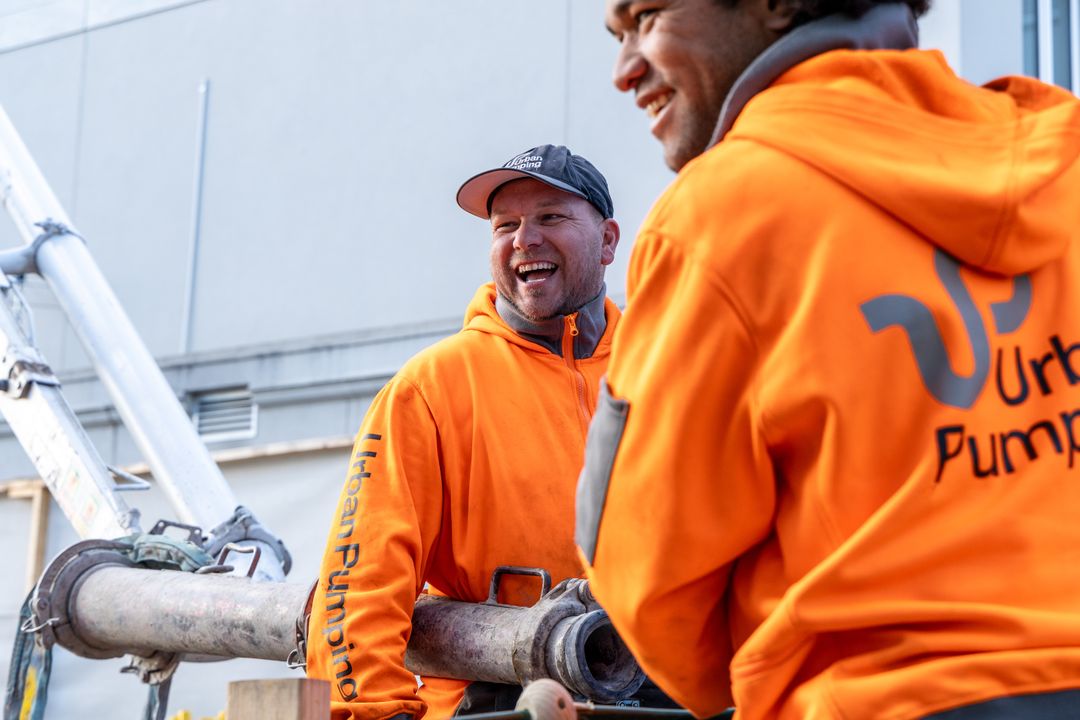
Concrete pumping plays a vital role in how fast, clean, and safe a project runs. For large pours or hard-to-reach areas, a boom pump can make all the difference. In Melbourne’s fast-paced construction scene, builders and contractors rely on boom pump hire to place concrete efficiently, especially when height or distance is a challenge.
Urban Pumping provides reliable boom pump hire across Melbourne, offering modern truck-mounted systems that handle both residential and commercial projects.
Knowing when to use a boom pump helps you choose the most effective solution for your job, saving time and improving results.
A boom pump is a truck-mounted concrete pump equipped with a hydraulic arm (the boom) that delivers concrete directly to elevated or distant areas. The arm can extend, bend, and rotate, enabling precise placement even in hard-to-reach areas.
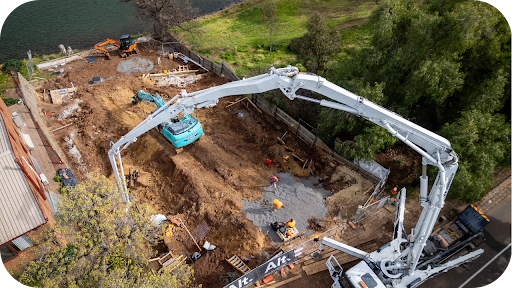
Unlike a line pump, which uses hoses laid along the ground, a boom pump pumps concrete through the boom’s pipeline system. This makes it ideal for large-scale or high-rise projects that need continuous concrete flow without interruptions.
Across Melbourne, boom pumps are commonly used for apartment buildings, bridge decks, multi-storey car parks, and commercial foundations, projects that demand reach, power, and consistency.
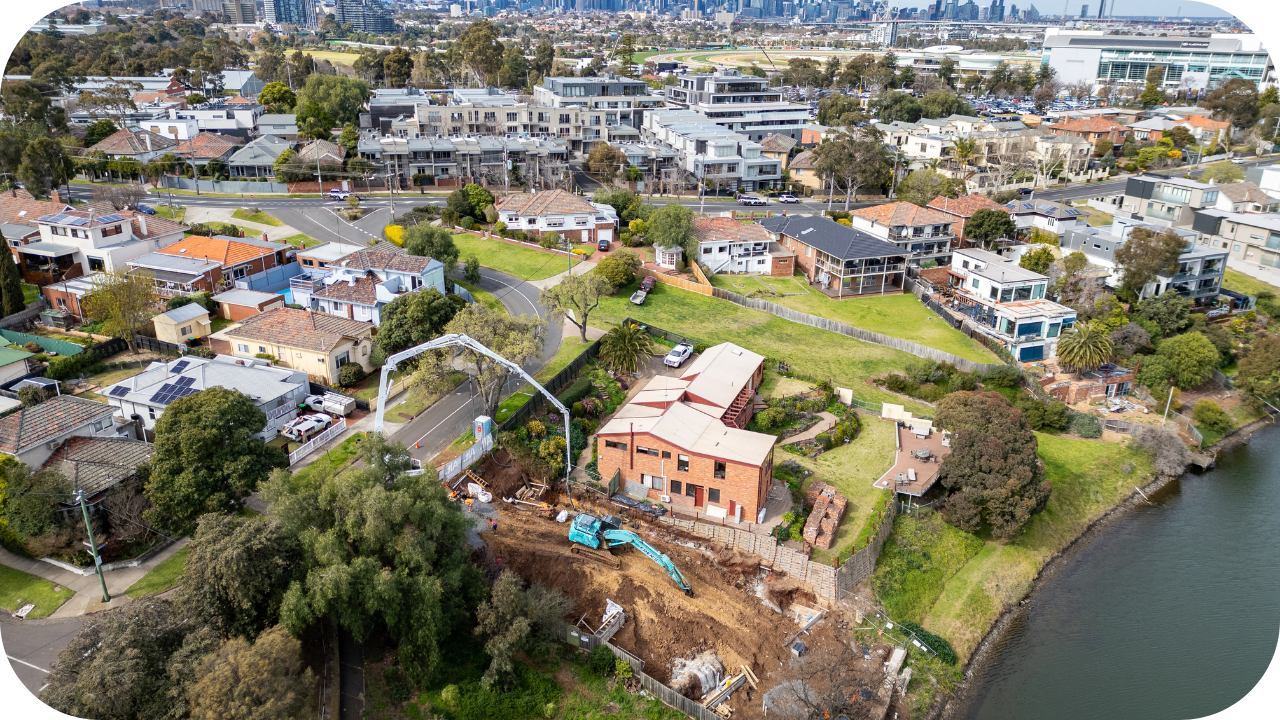
Not every job needs a boom pump, but certain conditions make it the clear choice. Consider hiring a boom pump when:
Boom pumps are a practical choice for commercial and industrial projects that require large volumes of concrete to be placed quickly and efficiently. On these sites, time and consistency are critical, and a truck-mounted boom pump can handle high-output pours without interruption.
The hydraulic arm allows concrete to reach multiple on-site locations without additional hoses or manual movement, making it ideal for large slabs, warehouse floors, and factory foundations.
Compared to a line pump, which is better suited to smaller areas or shorter distances, a boom pump significantly reduces pouring time and labour requirements, helping projects stay on schedule and within budget.
When working on multi-level residential developments or apartment buildings, a boom pump becomes essential for reaching elevated areas that are inaccessible by ground hoses. The extendable boom arm can deliver concrete directly to upper floors, balconies, or roof decks, maintaining consistent flow and quality across every level.
This eliminates the need for scaffolding-based hose setups or multiple-line pump extensions, which can slow down production. Melbourne’s growing urban developments often face tight site access, so a boom pump’s vertical reach provides a safe, efficient, and controlled solution.
While line pumps suit driveways and small pours, boom pumps outperform them on high-rise builds that require vertical delivery and steady output.
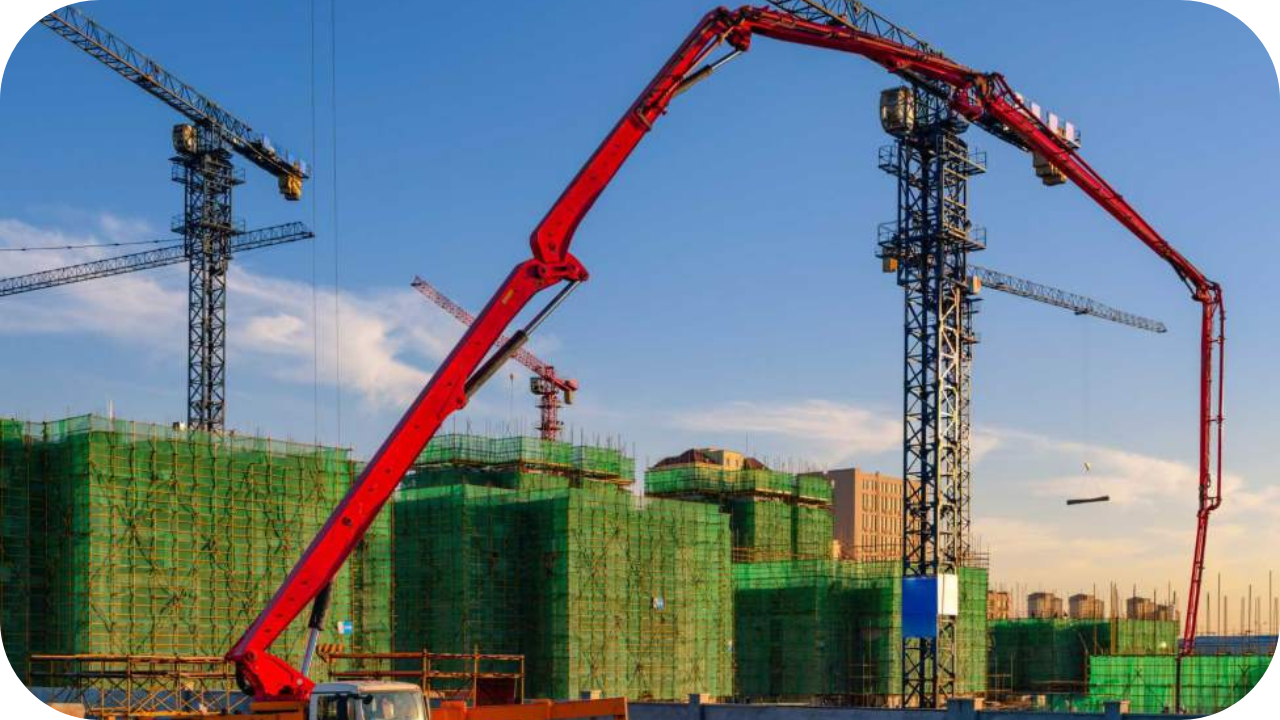
For sites with limited ground access in Australia, specialised concrete pumping companies use smaller, more versatile mobile boom pumps, stationary placing booms, and line pumps. Tight access sites are common across Melbourne’s suburbs, where narrow streets, small blocks, and surrounding structures limit movement. In these cases, boom pumps offer a clear advantage.
The truck can park in a single location while the boom extends over fences, buildings, or obstacles to reach the pour area. This flexibility reduces setup complexity and prevents damage to lawns, driveways, or existing structures.
Unlike line pumps that need multiple hoses spread across the ground, a boom pump minimises obstruction and keeps the site cleaner and safer. For infill developments, basements, or properties with restricted driveways, a boom pump ensures efficient concrete placement without the extra labour or space required by a ground system.
When deadlines are strict and large volumes need to be poured quickly, a boom pump provides the speed and control required to keep projects on track. Its high-capacity pumping system maintains a steady flow of concrete, reducing delays between batches and preventing cold joints.
This makes it especially valuable for commercial slabs, bridges, and large-scale residential foundations that demand uninterrupted pours. The remote-controlled boom also improves placement accuracy, helping finishers work faster and more efficiently.
In contrast, a line pump requires more setup time and labour, which can slow productivity on time-sensitive jobs. For Melbourne builders aiming to maintain momentum on tight schedules, boom pump hire delivers reliability, consistency, and on-the-dot performance.
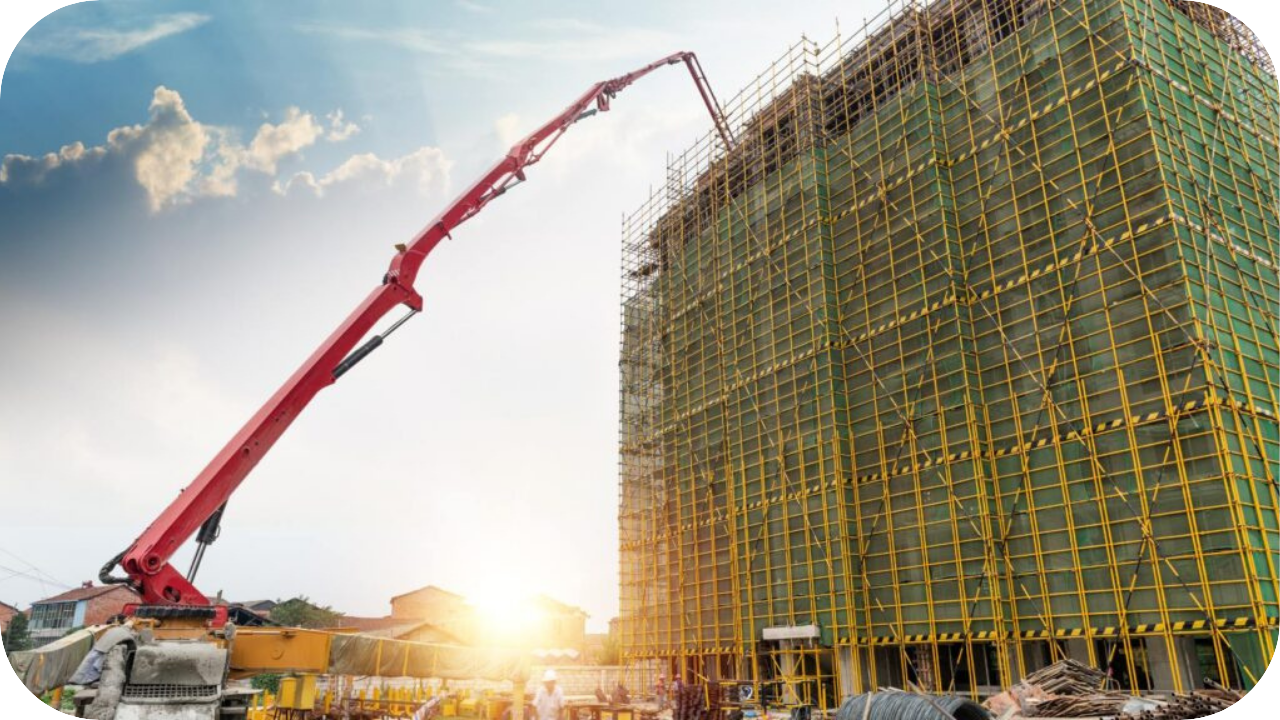
Choosing a boom pump isn’t just about reach, it’s about efficiency and safety on site. Here’s what makes them stand out:
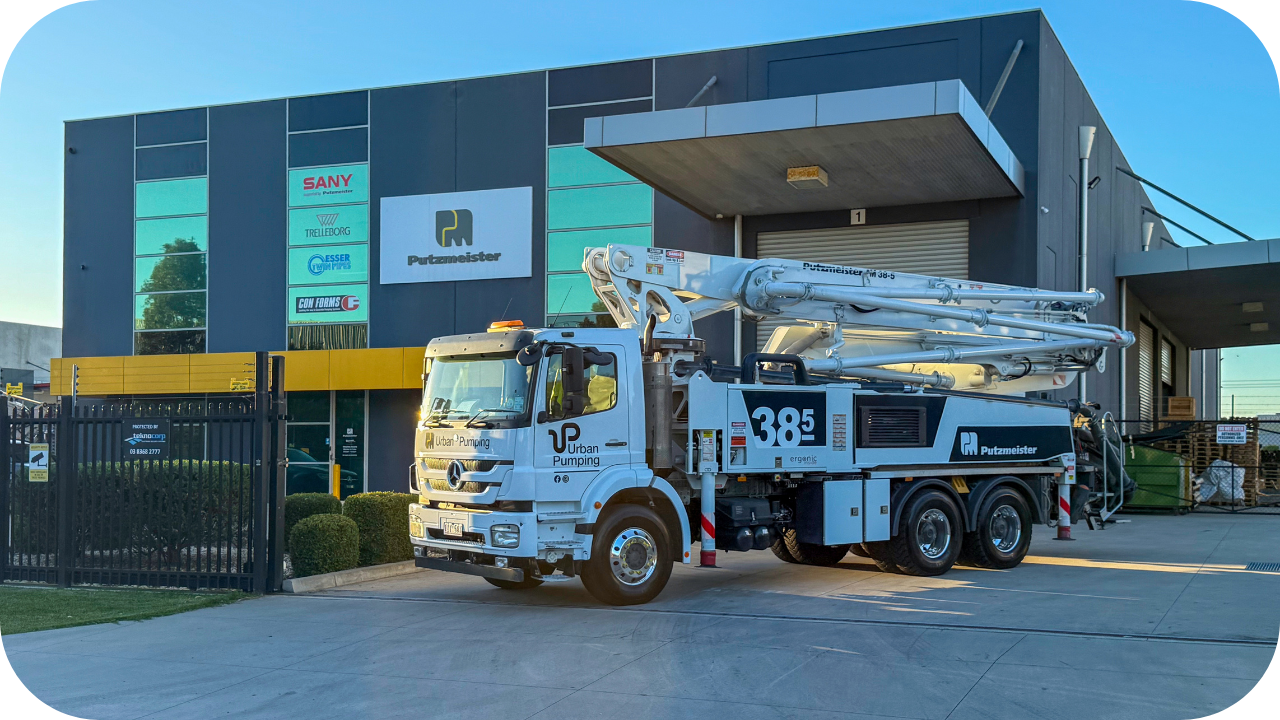
Before booking a boom pump, it’s worth taking a closer look at your site conditions and project goals to make sure the equipment suits your needs. Assessing these factors early helps prevent costly delays, improves safety, and ensures smoother, more efficient pours on-site:
Both boom pumps and line pumps play essential roles in concrete placement, each offering distinct advantages depending on your site layout, access, and project scale. Choosing between the two ensures you get the right balance of reach, speed, and efficiency for your Melbourne project:
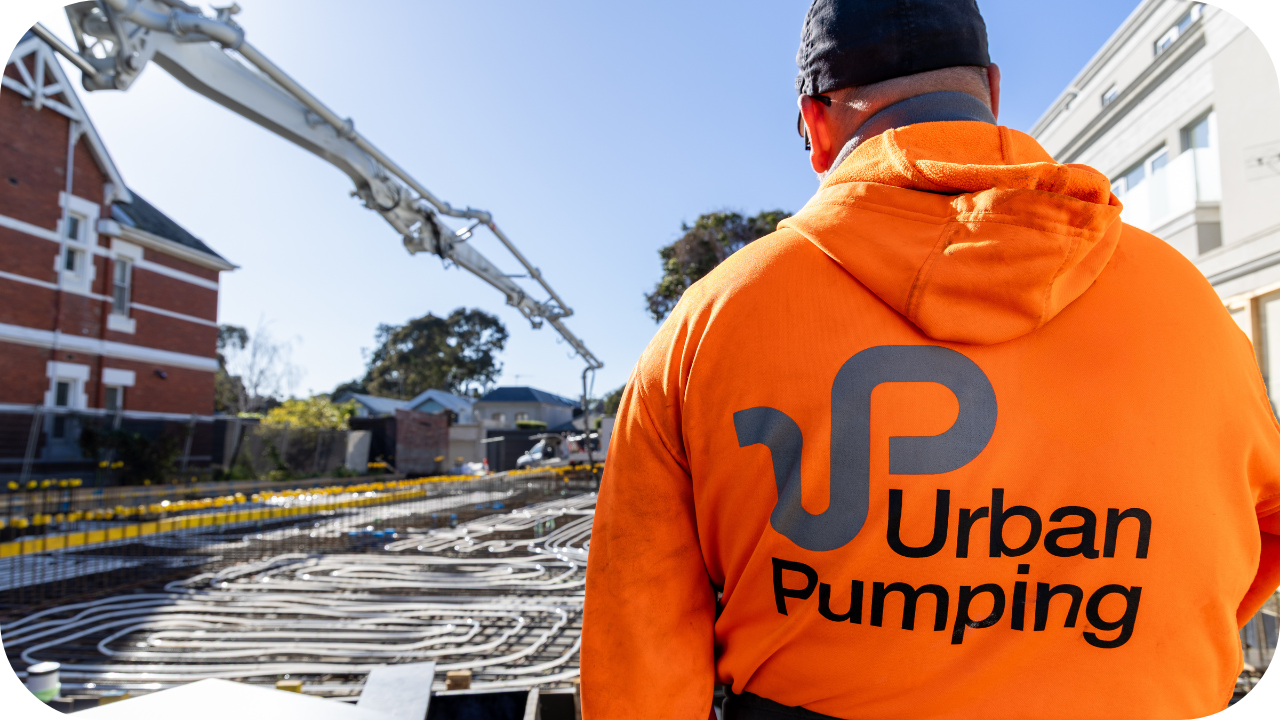
With years of experience and a strong local reputation, Urban Pumping has become a trusted name in concrete placement throughout Melbourne. Builders, developers, and homeowners choose the team for several reasons:
Boom pumps are the preferred choice for large or complex concrete pours that demand reach, consistency, and speed. For builders and contractors across Melbourne, they make heavy pours light work, saving labour, improving accuracy, and keeping projects on schedule.
Urban Pumping provides professional boom pump hire services across Melbourne, supported by qualified operators and a modern, dependable fleet. If your next project involves challenging access or significant volume, a boom pump may be the most effective and cost-efficient solution.
Contact Urban Pumping today to book reliable boom pump hire and get expert advice on the right setup for your Melbourne project.
